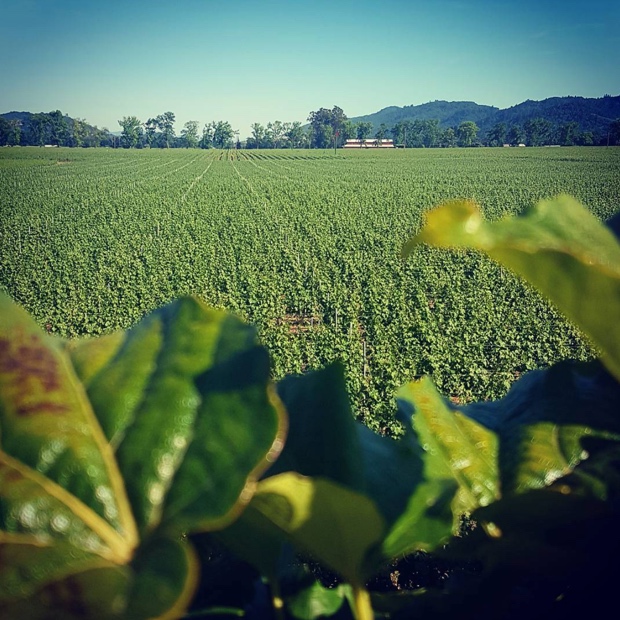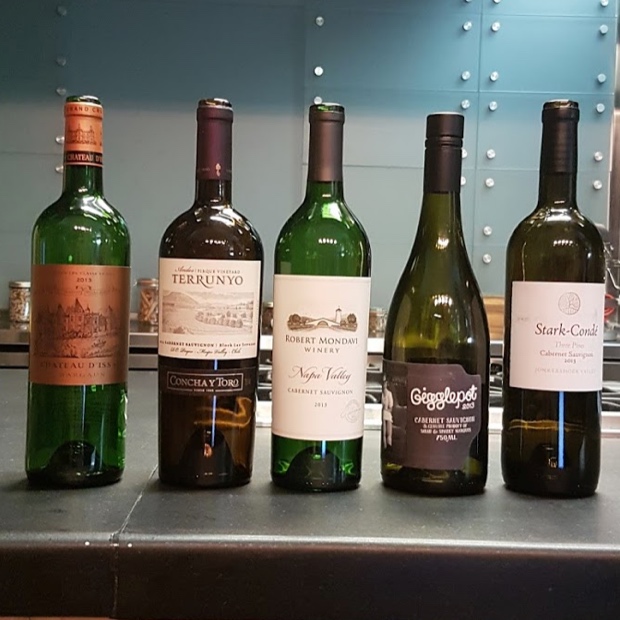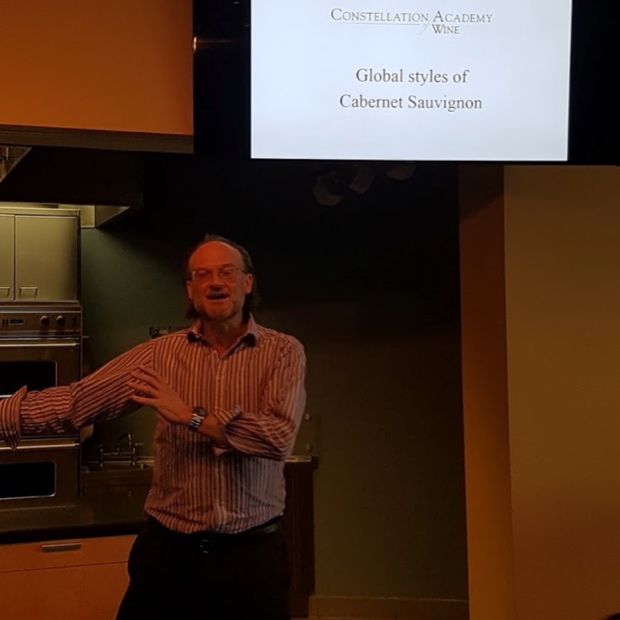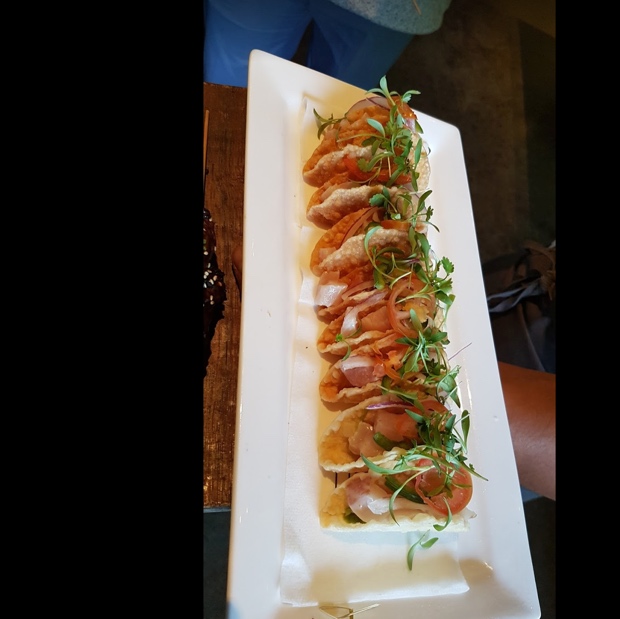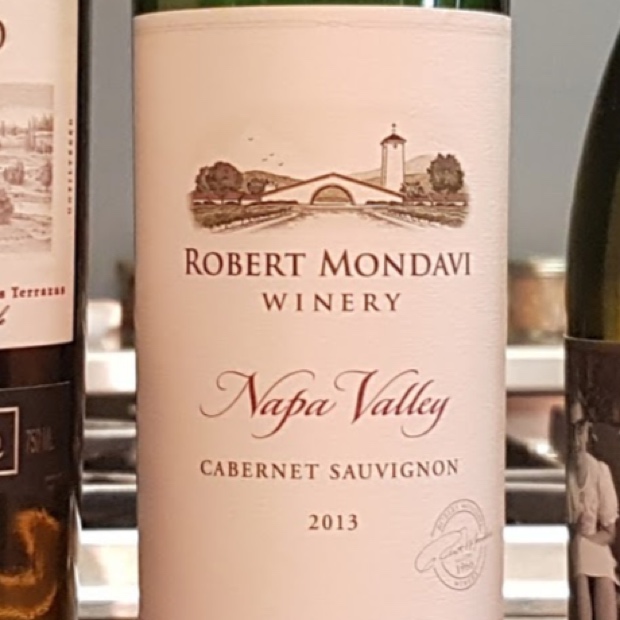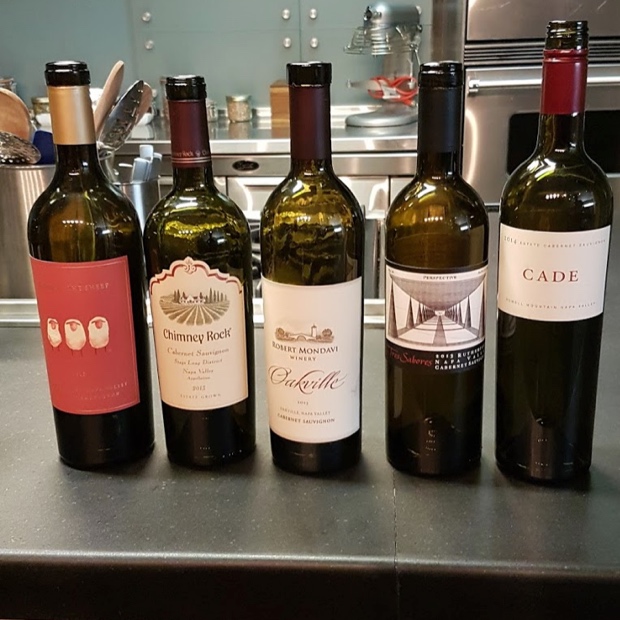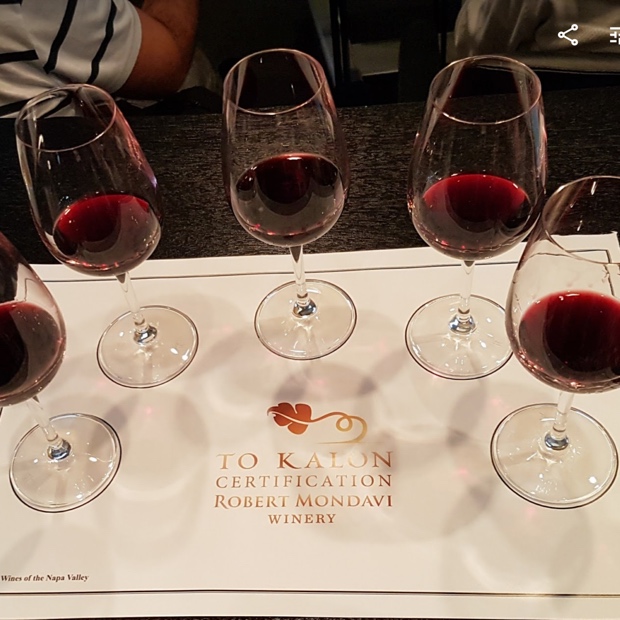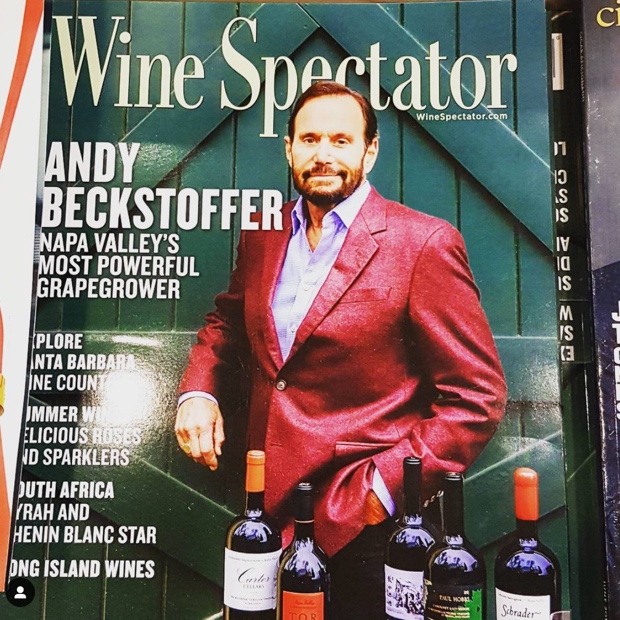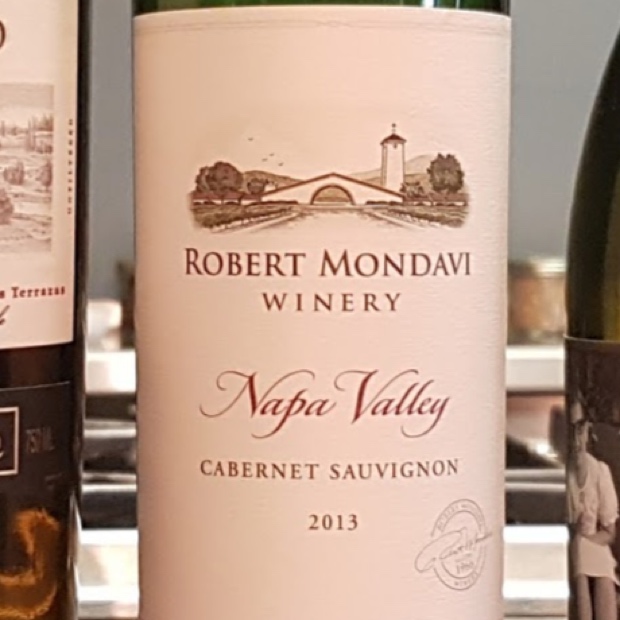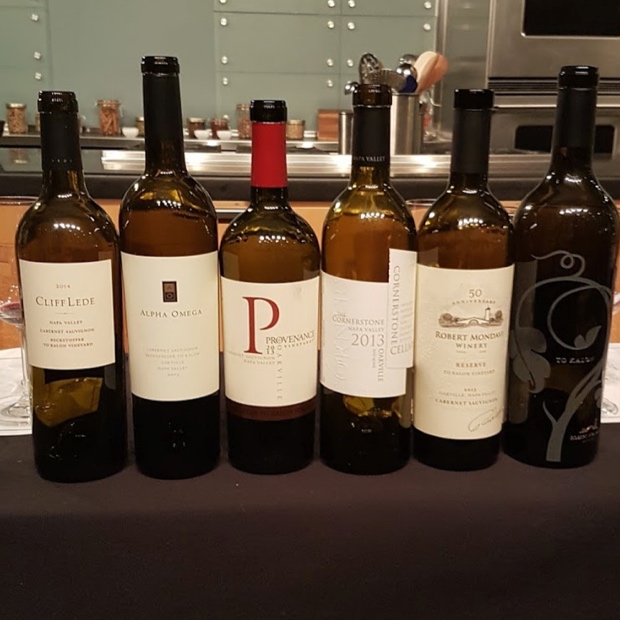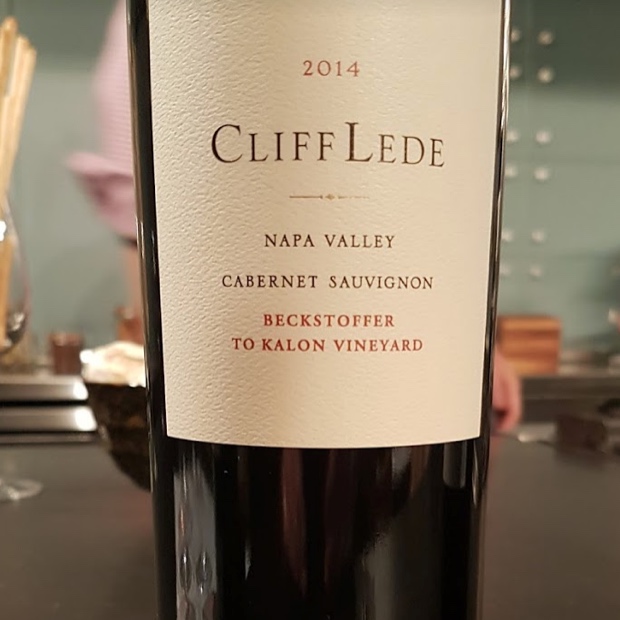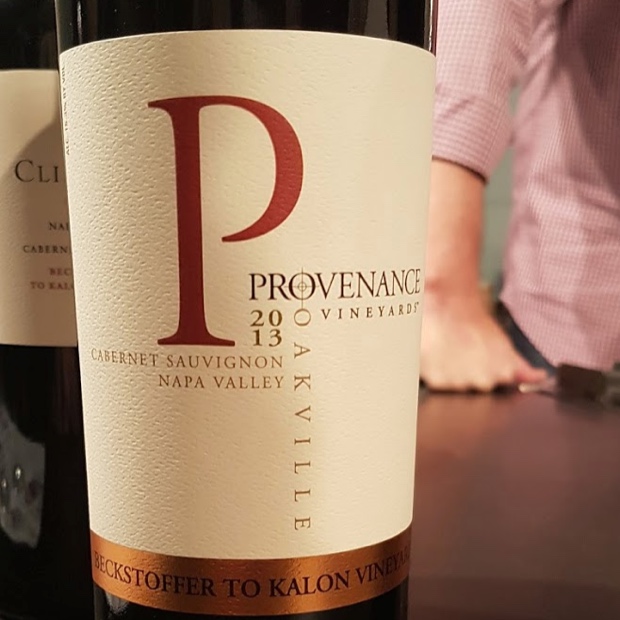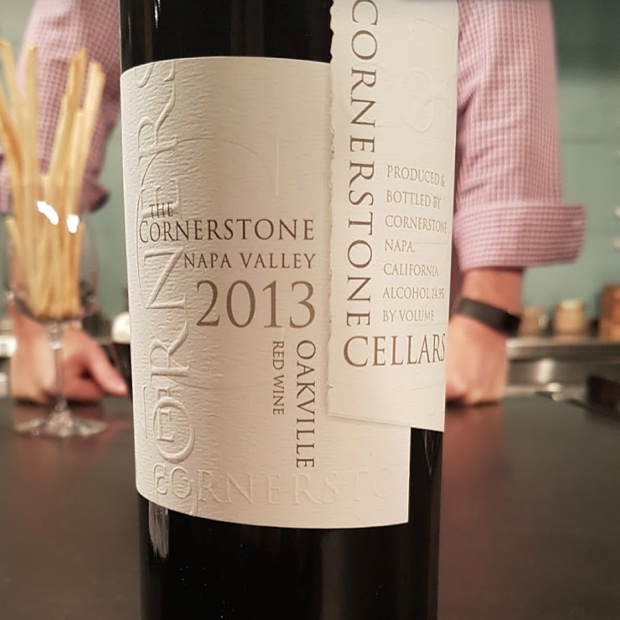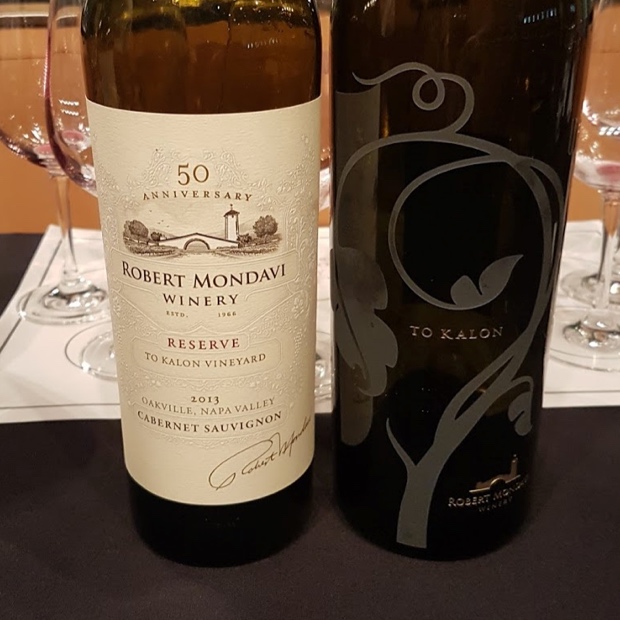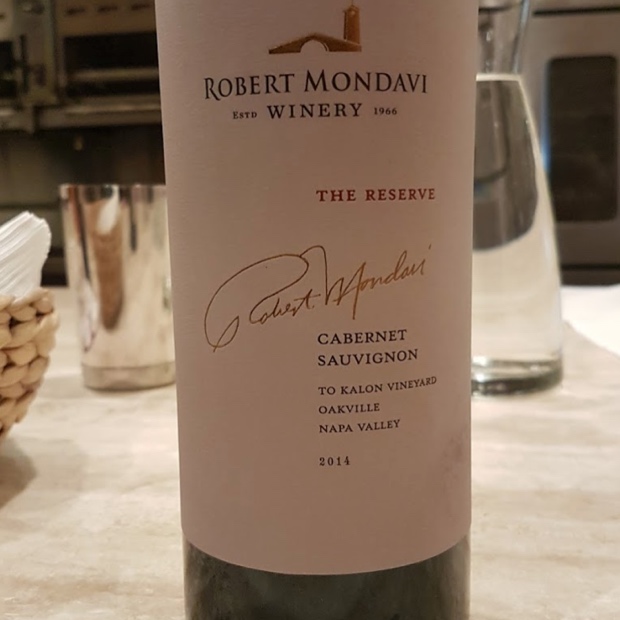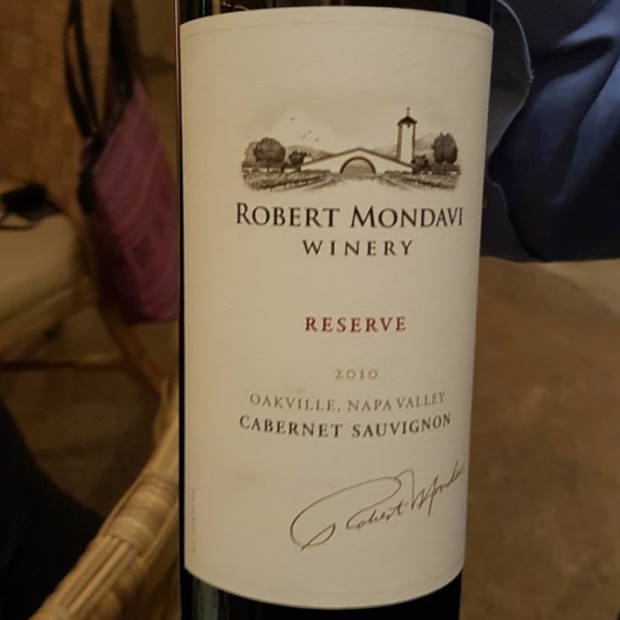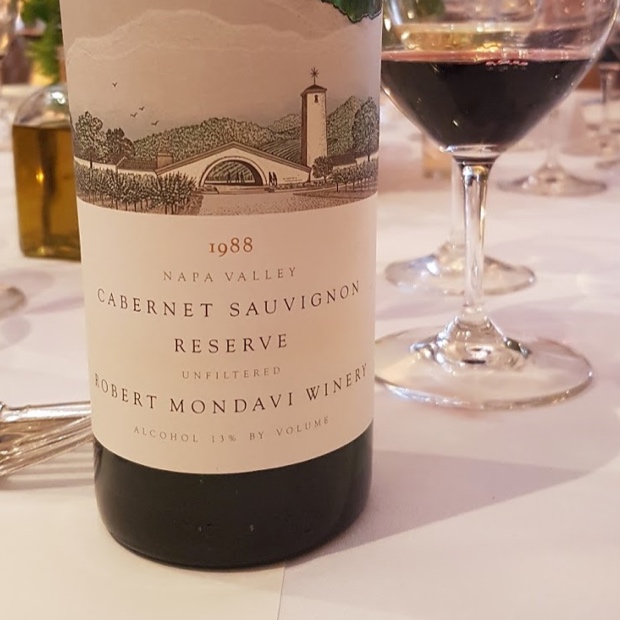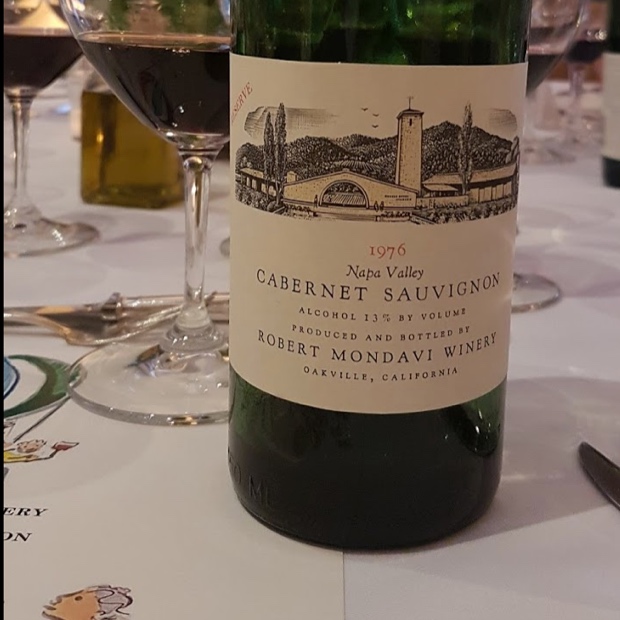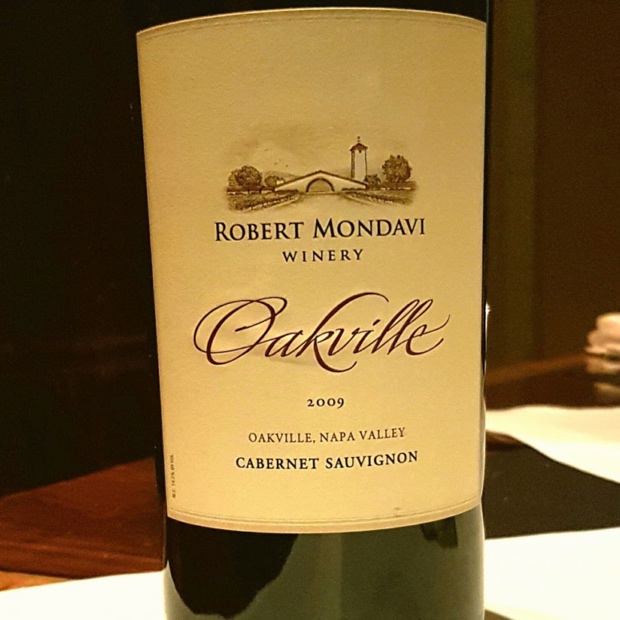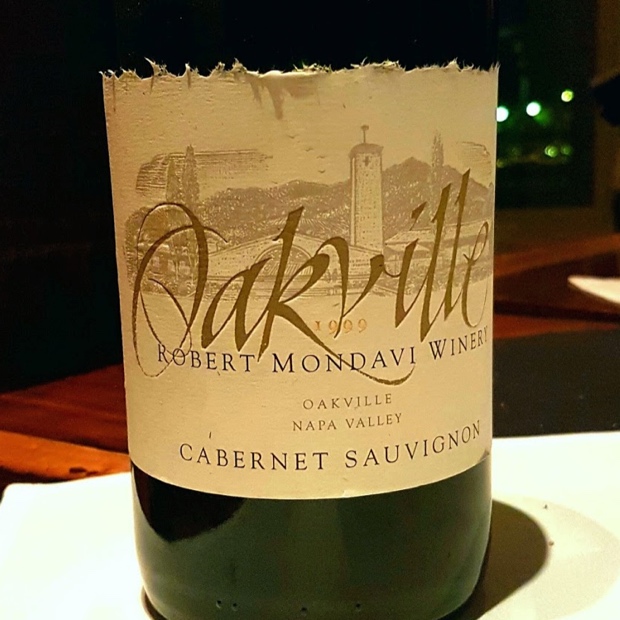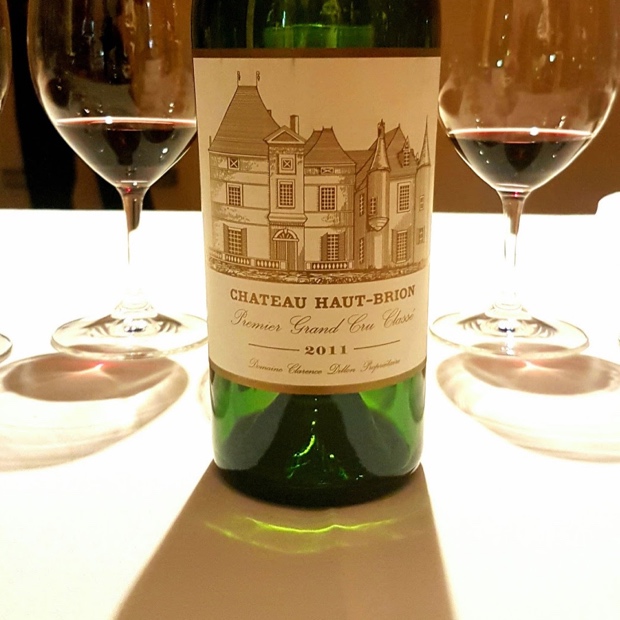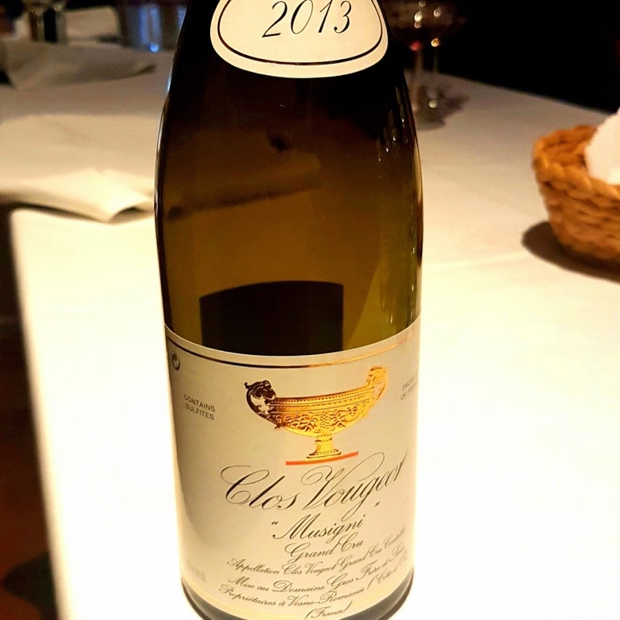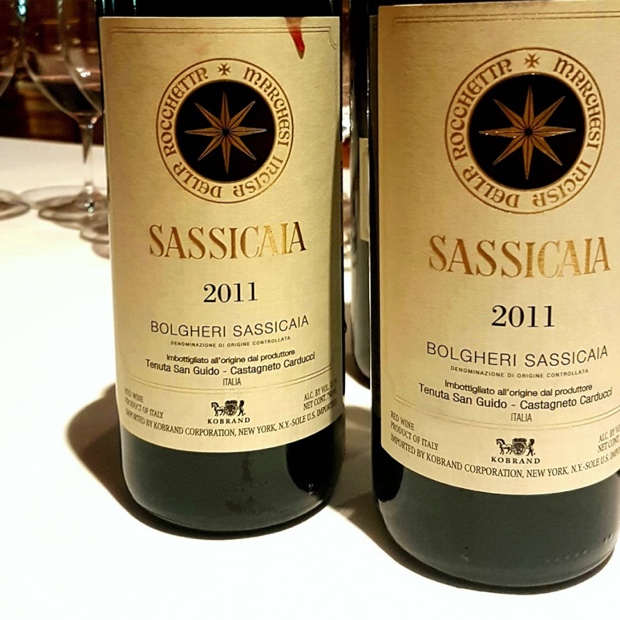Update: As much as 900,000 further acres have been lost to fire since September 14th and because of the recent Glass Fire there have been many evacuation orders for parts of Sonoma and Napa counties. As of today nearly 66,000 acres have burned. Three fires had merged, resulting in one big fire initially threatening Napa Valley and Santa Rosa. Thank goodness the containment has now reached 30 per cent but there is still a long way to go. The road to recovery will be even longer so please consider donating to help all the families, businesses and first responders.
Related – California Update: Napa Valley
The Napa Valley Community Disaster Relief Fund and Sonoma County Resilience Fund
Provides gift cards to evacuees and emergency relief services to those affected by the fire, including temporary shelter, meals, counselling and assistance in navigating insurance claims.
Wine Country Fire Relief Fundraiser
A gofundme campaign, launched by five wine industry marketing professionals, focuses on direct relief for farmworkers (a vital part of the wine industry’s fabric) affected by the Glass Fire Incident in Napa and Sonoma Counties.
Supports firefighters, low income families and animals that are suffering due to wildfires. It helps provide emergency supplies including food, water and medicine.
Distributes contributions to Latino-led organizations that are helping families displaced by wildfires across the state.
Women’s Foundation California Relief and Resilience Fund
Funding goes to every domestic violence shelter in the state to help care for survivors who are unhoused or feel unsafe.
Thank you to Karen MacNeil for her update and for sharing these words from Linda Reiff, President of Napa Valley Vintners:
“We are deeply grateful for the tremendous care from around the world, and for the hard work and dedication of fire fighters, first responders and volunteers who are here from near and far to help us. At our core, we are a strong, agricultural community where grapes have been grown and wines made for more than 150 years. The Napa Valley is still here, our community spirit is fierce, we will get through and beyond this.”
We’re worried about all of you in northern California. Please stay safe.
Recalling simpler times
My last visit to To Kalon Vineyard was three and a half years ago, Oakville site of that consequential plottage, koan of sorts, most excellent agglomerate of soil, vine and canopy. To Kalon functions as an enigmatic invitation to rethink the meaning of wine, so speaking of The Robert Mondavi Winery and Arterra Wines Canada, enlightened educator Mark de Vere MW will soon be moderating a virtual tasting with Constellation Brands winemakers Thomas Rivers Brown and Carol Shrader. In a couple of weeks time, on Friday, October 9 at 1:00 pm (EST). I will be participating and tasting 2017 and 2018 Double Diamond Cabernet Sauvignon. The plan will be to explore the vast diversity and fine quality of the Oakville terroir and To Kalon Vineyard. Which brings me back to May of 2017 and a week spent in Napa Valley completing the Robert Mondavi Winery To Kalon Vineyard certification program.
There were cellar tastings, Chef Jeff Mosher prepared dinners, hot air balloon flights, vineyard cycling tours, UC Davis research investigations and most enriching seminars led by Director of Wine Education De Vere and winemaker Geneviève Janssens. Inside The CIA (Culinary Institute of America) at Copia, Napa classrooms the sessions taught included west coast, global and To Kalon examples of cabernet sauvignon. The Napa Valley panelist apprised cabernet sauvignon flights were filled with archetypes, icons and Mondavi retrospectives. Rarely does one get to go at so many learning tools and experiential gifts of history through such an array of high quality varietal wines. De Vere made a request by asking everyone to dig deep, do some soul searching and get to the bottom of the new versus old world paradigm. “Let’s get an unbiased impression of what the differences are and what might make them different. California has reliably dry summers but much more day/night diurnal temperature fluctuations. Bordeaux stays warm at night and thus differing ripening patters. Napa significantly more sunshine hours but not necessarily more total heat.”
Related – En route to Mondavi
Then the vineyard’s prodigy spoke. Graeme MacDonald’s experience and published work have by now made him THE historian of Napa Valley’s famed To Kalon Vineyard area near Oakville. MacDonald is a To Kalon farmer who has written a history of the famed grape growing area for the Historic American Landscapes Survey. His work is part of the Library of Congress. The vineyard was started in 1868 by Hamilton W. Crabb, an innovator in wine marketing and vineyard techniques while today the Robert Mondavi Winery, University of California Davis and Andy Beckstoffer control most of its land. For McDonald To Kalon is simply a place entwined with his family’s history.

Start raising a child 100 years before they are born because that’s when you begin to prepare the environment they will be born into. #tokalon #graememacdonald #tokalon2017 #tokalonvineyard
“It was really for me a great way to document the history for our children. I want to leave something that explains why I am so passionate about it,” MacDonald said. “Start raising a child 100 years before their birth because that’s when you begin to prepare the environment they will be born into.” The Wappo people called it “Tu-ia-halusi, or ”beautiful land” to describe the upper Napa Valley. The name To Kalon is Greek for “highest beauty,” or the “highest good,” as per H.W. Crabb in 1889. “I try to make it mean the boss vineyard,” says McDonald. Also a pivotal part in Aristotle and the most important (and first) wine poured in the time of Jesus. This from the most important winemaker in the history of Napa. It took 100 years after it was predicted by Crabb but that is when Graeme’s grandfather committed to Cabernet Sauvignon (circa 1978). The family wines were labeled under the name Detert Vineyards.
Global Styles
Château D’Issan 2013, AC Margaux, Bordeaux, France (511469, $114.00, WineAlign)
Tasted blind in Napa, the first impression is Chile due to the capsicum bite and wood that expresses as savour and piquancy. Herbal with currants and tobacco. Impressive smoky wood integration overtop gamey, Bretty, animale character which talks a Bordeaux vernacular. Fruit is subtle, restrained and waits for the finish. It’s Bordeaux, or course. Drink 2019-2026. Tasted May 2017
Concha Y Toro Cabernet Sauvignon Terrunyo Las Terrazas Block, Andes Pirque Vineyard 2013, Maipo Valley, Chile (562918, $29.95, WineAlign, Escalade Wines)
Now a slight demure, dusty but cool, minty, creosote and graphite, like Coonawarra perhaps. Some granite soil funk so could also be South Africa and yet there is this very high acidity and eucalyptus. The aesthetic is more about fruit than tannic structure. Some carménère in here likely – the smoky edge would say so. It’s Chile because the herbs and black currants dominate so clearly from a warm part, i.e. Maipo. Last tasted blind in Napa Valley, May 2016
Big floral vintage for the single-vineyard Terrunyo cabernet, rich, lush and hedonism defined. The varietal stands out in the vintage with the heavy lean to fresh flowers, along with the waves of alternating blackberry and Cassis. The alcohol and the weight are certainly formidable but the aromatics and fruit heavy tonality keeps up with the heat. Big boned and barrel conscious, this CyT is a big wine for a modest price. Drink 2018-2022. Tasted August 2016
Mollydooker Cabernet Sauvignon Gigglepot 2013, McLaren Vale, South Australia, Australia (SAQ 12449825, $54.00, Breakthru Bev Canada)
Ripe, high acidity, elevated tones and dark fruit. More like Argentina here and the palate also suggests Bordeaux but it’s too ripe. The high acid, metafictional mochafication and extreme ripeness puts my guess in McLaren Vale but also because of the richness and ripeness. Some dark red fruit is exceptional, part dried, with liquorice, both red and black. Really lovely wine, juicy, with a high level of fruit from some great vineyards. A genuine product of Sarah and Sparky Marquis from which 16 per cent alcohol is pulled off with remarkable ease, with thanks to tannic structure and extract. Drink 2017-2021. Tasted blind in Napa Valley, May 2017
Stark-Condé Cabernet Sauvignon Three Pines 2013, Jonkershoek Valley, WO Coastal Region, South Africa (288316, $28.85, Vonterra)
This seems the most Californian but Alexander Valley in its current of currant and savour. Tastes like Clos du Bois, but we’re now in South Africa. Quite anti-reductive, little to do with granite, funky soil and rubber tree plants, but it hints at all this from Stellenbosch. like juicing liquorice, bokser and umeboshi plum mixed into Ribena for a juicy cocktail. This may be closer to Cali than the rest because of the supple triumvirate of fruit-acid-tannin for structure. Terrific representation from the Jonkershoek Valley. Drink 2017-2022. Tasted blind in Napa Valley, May 2017
West Coast California
Justin Vineyards Isosceles 2015, Paso Robles, California (684282, $136.95, The Vine Agency)
Quite the Cassis richness and genteel nature, ripe but of a humble extraction with a distinct garrigue note. Very Napa-ilke though there is a high love of acidity. Tasted blind you might think it could very well be a Mondavi but it’s too jammy and there is a plethora of red fruit purée,. That it turns out to be from Paso Robles is a perfect example to show that further south can translate to a warmer climate… but not always. Cool nights are adding their own extreme example of diurnal temperature swings so that 16.0 per cent alcohol, coulis and acidity can coexist. Drink 2017-2020. Tasted May 2017
Ridge Estate Cabernet Sauvignon Monte Bello Vineyard 2013, Santa Cruz Mountains (89284, $86.95, Rogers and Company)
Quite savoury with Mediterranean accents, black olive and brine, cool and minty, seemingly accented with American oak. A cloudy moments suggests Alexander Valley, but clarity wins so better still Santa Cruz Mountains. So is this a Ridge? Elegant cabernet sauvignon, 75 per cent with merlot and bits of petit verdot and cabernet franc. Positioned to an ocean proximity overhanging Monterey Bay and above most of the fog so the growing climate is its own. Keeps sugar and alcohol down for a cool and elegant expression. Last tasted blind in Napa Valley, May 2017
From the next arid vintage with more immunity always gifted by the Santa Cruz Mountains terroir so that Ridge can do what they want and what is needed. Three-quarters cabernet sauvignon, 20 per cent merlot and quick Pollockian slashes of petit verdot and cabernet franc meet in the studio to create and complete the piece. There is more acidity and tension on the nose than noted in 2012, with red currants and black fruit swirling in coulis centrifuge to distract from what wants to grip and tear you away. The purity and cool texture of a Ridge cabernet is unlike any other; it stretches this way and that, never breaking, tearing or shearing but not because is has been patched, quilted or restored. It was always this way and will stay so for 15 to 20 years. Tannins are fine and support what happens, in any way they are asked to do. Drink 2020-2033. Tasted April 2017
Jordan Cabernet Sauvignon 2013, Alexander Valley, Sonoma County ($80.00)
A bit of demure, lots of black fruit and a note or orange rind. Again terrific acidity, and tart, crisp, chocolate edging. Sensing a combination of oaks in that chemistry effect when merging into the fruit of Alexander Valley. Drink 2017-2022. Tasted May 2017
Robert Mondavi Napa Valley Cabernet Sauvignon 2013, (255513, $44.95)
The aridity of 2013 has now translated into some lovely development in bottle that trials and tribulates with its wealthy pool of rich, ripe and silky chocolate texture. Such a typically reasoned Napa Valley explanation with 47 years under its increscent belt. Serious tannins need five years to seek settlement and to carry structure for to build a home for the ripe fruit. At 14.8 per cent alcohol there is much to fuel and keep the abode bathed in warmth, along with American oak in pancetta ooze, augmented by smoke and spice. Chewy and huge. Drink 2018-2024. Tasted February and June 2016, May 2017

Bob Swanson of #napavalleyballoons is the man. Slice through butter flight over the Sacramento Valley to 1000 ft, #splashanddash in Putah Creek and a smooth, exacting landing on a dime on the back of a flatbed.
Seven Hills Vineyard Cabernet Sauvignon 2013, Walla Walla Valley, Washington
Drawn from Seven Hills’ founding blocks, planted by winemaker Casey McClellan and his father in the early 1980s. Very ripe, rich and unctuous aromatics, also floral, big tannic structure, candied complexion with mint chocolate candy cane and yet its aridity dominates the back side. Continental climate with maritime overtones in a Walla Walla cabernet under the influence of the rain shadow. Drink 2018-2025. Tasted May 2017
Napa Rocks
Inherit The Sheep Cabernet Sauvignon 2013, Coombsville AVA
Inherit The Sheep, a multi-play on words, launching point “the meek shall inherit the earth,” followed by “the farmers shall inherit the sheep” and prophesied as Clay and Tersilla Gregory may never inherit anything else in their lives. As for cabernet sauvignon, Coombsville just seems to be a natural extension from the concept of Napa Rocks. As Mondavi’s Mark de Vere made sure to point out, “the reputation of Napa comes form the quality of the wine made here, not the quantity.” About 150 million years ago a domino of events began to occur…ocean plate under the continental plate….volcanic influence and marine rock. A mish-mash, super geological group of alloy musicians. Coomsville gets it too, exemplified by this rich, highly perfumed aromatic cabernet, soil a major factor in the duality of tart meets tang, some dried herbs and dusty, chalky tannins. As a memory, Clay Gregory used to be a GM at Mondavi. Drink 2018-2024. Tasted May 2017
Chimney Rock Cabernet Sauvignon 2013, Stags Leap District, Napa Valley (731810, $76.75, Mondia Alliance)
Deeper, higher tonality and lifted though it’s from liqueur and not acidity necessarily. So much chocolate, perhaps dominant by American oak but also a comestible layering and pressing that comes by ripe and concentrated fruit out of Stags Leap District. East side of the valley, volcanic and alluvial, so perhaps the place and its victuals speak loudest, dark chocolate and red cherry, quite chewy and with middle palate tannin, focused and lined. Drink 2019-2026. Tasted May 2017
Robert Mondavi Oakville Cabernet Sauvignon (West To Kalon Vineyard) 2013, Napa Valley
Very juicy, acidity driven, extraction and high level tonality. A fineness discerned with immediate notice, layer upon layer of distinction and elegance. Tasting blind it could be the Mondavi Reserve, acidity is very present balanced by plush fruit ripeness, blacker than red, slightly savoury and so Oakville. Turns out it is west To Kalon Vineyard though not labeled as such. For Graeme McDonald “it tastes like home.” Drink 2019-2027. Tasted May 2017
Tres Sabores Cabernet Sauvignon Perspective 2013, Rutherford
The jam is in, a bit to the right of ripeness and so a left leaning structure. Already noting some balsamic, soy and even a faint tick of truffle, not quite raisin but there is an indication it’s beginning is around the corner. Tthe palate brings more energy but this lacks balance because the fruit is overripe. Three flavours. Rutherford Bench fruit. Drink 2017-2019. Tasted May 2017
Cade Estate Howell Mountain Cabernet Sauvignon 2014, Napa Valley (325027, $206.95, The Vine Agency)
Tierra Roja Cabernet Sauvignon 2013, Oakville, Napa Valley
From Linda Neal, long-time vineyard manager who purchased the Oakville property in 1987. A distinctly perfumed-floral cabernet sauvignon, of violets, but also a dusty, silty-salty mineral aroma. Terrific acidity, just terrific, the type of tart intensity that causes anticipatory salivation. Reminds of cabs off of Terra Rossa soil, a.k.a. Coonawarra but also the Panzano terroir of Carobbio. Geologically it’s volcanic in origin, off of a hillside vineyard. Intense and offering a fully focused commitment straight through the finish. Drink 2019-2027. Tasted May 2017
Groth Cabernet Sauvignon Reserve 2013, Oakville, Napa Valley ($179.95, The Vine Agency)
Franciscan Estate Cabernet Sauvignon 2014, Oakville, Napa Valley (39388, $29.95, Arterra Wines Canada Inc.)
An annual parade of quality comes from Franciscan with this Napa Valley cabernet, a wine that is quietly commercial and respectfully true to its roots. It’s quite chalky and the tannic grain is truly in focus while the fruit speaks with premium ability, certainly sheathed by Americanized vanilla oak. Savoury to a point but still quite naked truthful about fruit in its ripe clothing. Always well made and at its best in 2014. Drink 2017-2021. Last tasted October 2017
Even more reserve and also into reductive, with darkest fruit, Cassis, carob and graphite. So much chocolate, dark, bitter and high in cocoa. Coating tannin, present and demanding, a bit west. Drink 2017-2021. Tasted May 2017
Nickel & Nickel John C Sullenger Vineyard Cabernet Sauvignon 2013, Oakville, Napa Valley ($179.99, Noble Estates Wines & Spirits Inc.)
Dark cherry and Cassis oscillate in waves, punishing the shores of first prefacing perfume and then recursing acidity. A distinct profile that speaks so similarly to a Mondavi To Kalon but in Oakville…it’s hard to know, distinguish and be certain but so tempting to hedge guessing bets on origins. Such fineness, dramatic acidity and persistence, so not surprising it’s just across the road (Hwy 29). A very special tract of terroir in its own right this John C. Sullenger Vineyard. Drink 2020-2028. Tasted May 2017
Robert Mondavi Oakville Cabernet Sauvignon 2013, Napa Valley (29207, $59.95, Arterra Wines Canada Inc.)
Oakville’s rich Cassis and mocha swirl welcomes wood and baking spice, then floral meets herbaceous Freesia. As a Mondavi cabernet, Oakville sits high up on the sapid meets tart scale and is expressly long. The palate really suggests older world Bordeaux but it’s almost too ripe, chalky, chocolate ganache rich, especially at the finish. A touch of Brett brings me back to structure and old world but there is an equal and opposing fruit-tannin seamlessness and smoothness. Its fineness of acidity means that it ends up balanced. Markedly correct, intense and proprietary for 2013. Drink 2018-2023. Tasted May 2017 and February 2018
To Kalon
Narrowing it down to the vineyard, De Vere is insistent on what matters. “Elements of style and quality, not just, but a stylistic, a feel, difference, less broad in expression like Oakville or classic like the direct Napa Valley tier.” Rutherford’s alluvial fan vs. To Kalon’s alluvial fan complex vs the same, but different, from Oakville. The east side of the Oakville AVA receives more of the warm afternoon sun as compared to the sedimentary-gravelly alluvial loam on the west, with more volcanic but heavier soils on the east. There they are low to moderate fertility and fairly deep. All this adds up to more than 100 soil variations in Napa Valley, one half of what exists on earth. To Kalon receives shade a full hour earlier than the east side of the valley. It’s reserve fruit is more likely to be found where the large pebble, gravelly, well draining soils are found, further west, abutted up against the mountain range.
As an aside, talk about Napa Valley wines often leads to the fruit-jam complex. “Fruit bombs (you will know),” says De Vere, “are not just a factor of sun, ripeness, and brix. They are a result of less tannin and acidity, from vines stressed after veraison to develop ripeness but without the balancing factors. To kalon’s soils develop acidity earlier and maintain it. Acid-tannin-pyrazine, that’s the order of development.
Cliff Lede Cabernet Sauvignon Beckstoffer To Kalon Vineyard 2014, Oakville, Napa Valley ($250.00 estimate, Halpern Enterprises)
Presented by Eduardo Dingler, Napa Sommelier. High toned, deep, deep dark fruit, gets right up the olfactory. Young, chalky, tart and with the dark fruit sitting serious and looming, like a cross-legged Buddha on the ledge of a 10-foot To Kalon wall. Sees 62 per cent new French oak after six to eight weeks cold soak pre-fermentation. In an environment without alcohol you get this layered juiciness and tart aromatics without astringency. That’s the crux and the key. Balance, density, true to the To Kalon spirit. Drink 2018-2026. Tasted May 2017
Alpha Omega Beckstoffer To Kalon Vineyard 2013, Oakville, Napa Valley ($188.00 estimate)
Presented by Alpha Omega’s founding winemaker Jean Hoefliger. “Napa has a consistency of climate that is unmatched, anywhere.” On Andy Beckstoffer, “Andy was very receptive to my very expensive lap dances,” and about the vineyard, “in an era of globalization, To Kalon’s DNA is the most important in Napa Valley. The site in Napa easiest to find in a blind tasting because of acidity and tannin, backbone and skeleton.” Hoefliger’s ’13 cabernet sauvignon is a construct of granularly dense tannic structure and non-readjusted acidity. Darkness ascends or descends as the glass goes, brooding, seemingly from deeper clay soils within the alluvial variegation, a wine in which the tannins have been joined, linked, layered, polymerized. Having used a long maceration makes this dense, intense and ageable. To be exact, 45 days on skin, then in the end unfined and unfiltered. Wow does this remind me of modern Piedmontese nebbiolo but with so much more intense red fruit, notes of incense, wild fennel, cinnamon and candy hearts. Just tremendous structure. Drink 2020-2034. Tasted May 2017
Provenance Vineyards Cabernet Sauvignon Beckstoffer To Kalon Vineyard 2013, Oakville, Napa Valley ($220.00 estimate)
Bright but at the same time with a hint of dried fruit so good balance between the two, meaning the acidity is in control. John Hazak: “What To Kalon has that separates itself from our iconic Hewitt Vineyard is age ability and a dense core that opens up with age. It sets it apart from our top Rutherford sites.” A chewy To Kalon by tempered ganache, a child reared on plenty of barrel fermentations to capture individual parcels of beautiful fruit. Carries a cool minty savour at the finish and lingers across the top of the gums above the teeth, leaving that anaesthetizing feeling. Brilliant in that respect, not quite ready though will come into its own not too far from now. Drink 2019-2024. Tasted May 2017
Cornerstone Cellars Cabernet Sauvignon Oakville Station 2013, Oakville, Napa Valley ($150.00 estimate)
Certainly more dusty notes, garrigue, savour and a hint of black olive, but all red fruit. From Oakville Station (labeled as such, from the UC Davis grown plots of vines). “The best way to understand To Kalon on the surface is to take a bike ride,” says Charles Thomas. “to understand why a gradation across a kilometre is so crucial. There is ample tannin in To Kalon but also a fineness of tannin. It is forgiving of many aspects of viticulture and especially winemaking. You always see the vineyard.” A transitional wine, ripeness but not super so, perfumed and the subtleties of the vineyard. Cherry blossom big time. An island surrounded by Mondavi on all sides, more fertility here in this block, a soft, delicious chocolate finish. A transitional era styled wine. Aromatic and not with the same density (with 10 merlot and 5 cabernet franc)but beautiful all the same. Drink 2018-2023. Tasted May 2017
Robert Mondavi Winery Reserve Cabernet Sauvignon 2013, To Kalon Vineyard, Oakville, Napa Valley (670463, $149.00, Arterra Wines Canada Inc.)
Mondavi’s 2013 Reserve from the iconic To Kalon Vineyard plays a different role when nosed side by five each with other similar terroir cabernets, in this case by Cliff Lede, Alpha Omega, Provenance and Cornerstone. The Mondavi would show as a muscular cabernet in a solo tasting irrespective of the flight but with relative reference points the Mediterranean savour stands apart, especially in this high-toned aromatic vintage. The wine is embossed and eschews syrup for chew and density, the chalky tannins already beginning to show some development and integration. After going through the basket press, the haute cultured barrels bring out this insieme-collective of sophisticated To Kalon sweet acidity and tannin, leaving extracted bitterness behind. This works in elevating the texture of silk and softness, insisting upon and stamping a guarantee of longevity. The excellence is rounded out with some fragrance from petit verdot and further finessed, grainy tannin by cabernet franc. Drink 2019-2028. Tasted May 2017
Robert Mondavi Winery Reserve Cabernet Sauvignon 2014, To Kalon Vineyard, Oakville, Napa Valley (670463, $300.00, Arterra Wines Canada Inc.)
Tasted during a To Kalon Vineyard retrospective in Napa. Though sinfully young the 2014 seems bright and focused, accessible, closer to ready than the 2013. The secret, special, double secret bottle, only 150 cases made, not really available for trade, pure To Kalon. Refined, here and only here as 100 per cent cabernet sauvignon, spice but melted and oozing into that liqueur, there is a seamlessly woven fabric of vineyard that just seems soft, supple and elastic. Drink 2018-2028. Tasted May 2017
And a few more Mondavi Cabernet Sauvignon tasted that May
Robert Mondavi Cabernet Sauvignon Reserve 2010, Napa Valley
The 2010 Reserve is a sensory wine in the most attention grabbing way, as experiential and inspirational as can be when such an inhalant gets hold of the senses. Deepest dark fruit of impossibly zero evolution and everything in line with the classic Mondavi-To Kalon relationship. Blackberry, Cassis, black olive and silkened in texture as the Reserve can ever be. Pure weave, ethereal liquidity, fresh, finessed, focused and exacting. Tough on a winemaker? That’s why this is so good. A grand cru Oakville classic, great wine from a challenging vintage. Drink 2017-2029. Tasted May 2017
Robert Mondavi Cabernet Sauvignon Reserve 2006, Napa Valley
Actually some development here, straight into secondary time framing from which balsam and spice are front and centre. The masala comes from cassia stick, bokser pod and liquifies in plum liqueur. Lots of chocolate ganache and in some ways the least indicative Mondavi Reserve vintage for a To Kalon cabernet sauvignon. Acidity is quiet and perhaps this is just a moment in time. Maybe in a year or two the acids will step out of the shadows and rear up once again but I wouldn’t wait nor hold my breath. Drink 2017-2021. Tasted May 2017
Robert Mondavi Cabernet Sauvignon Reserve 2005, Napa Valley
Tasted in an auspicious group that included a Gros Clos Vougeot ’13, Grange ’11, Haut-Brion ’11 and Sassicaia ’11, all led by Mark de Vere MW and culminating at this Mondavi Napa Valley Reserve ’05. Or as what De Vere quips, “just another night in Napa Valley.” A cool vintage now showing some secondary notes though still presenting balsam, tempered chocolate ganache, pencil lead and graphite. Floral vintage of ethereal whispers and the trilogy promise of the EPF. Elegance, power and finesse. Dark To Kalon fruit and mouth-watering acidity with a vanishing point of mystery still on the horizon, like walking with someone we don’t fully know but feel comfortable in their presence. Still elicits more questions than answers so for a vintage like 2005, 12 years seems to be peak performance. The tannic finish supports Cassis, dried herbs and a briny Mediterranean black olive bite. Tannin begets fine bitters. “Using oak is the virtuoso way to express To Kalon fruit,” says Geneviève Janssens, “after fermentation, to preserve the personality of To Kalon.” Drink 2017-2024. Tasted May 2017
Robert Mondavi Reserve Cabernet Sauvignon To Kalon Vineyard 1999, Napa Valley
This from a time when Mondavi labeled the reserve cabernet sauvignon as “To Kalon Vineyard,” a moniker of essential meaning that would return 14 years later on the 2013 bottle. If this were what Mark de Vere referred to as “a confusing moment in history” I could not say but “this strange bottling” provided an unequivocal and seminal turning point in this wine’s storied past, present and future. It was in fact a small, special cuvée, a little bit different than the ’99 Reserve. “The coolest vintage on record, until it wasn’t,” because of a warm period at the end of summer and early fall that ushered forth a certain, singular sort of ripeness. Regardless of memories, characterizations and twists of fate, this single-vineyard cabernet is as finessed, focused and precise as any Mondavi Reserve. It persists chalky, fine and gritty in tannin running amok, dragging the acidity forward and around. The workout is something to behold, a dispatch of late Napa fashion and never more successful than right here. The dépêche mode of To Kalon is by now famous but culminated with this ’99 for everything to follow, with consistency and a guarantee of modern quality. Listen to it croon “try walking in my shoes.” Many have and many continue to pay homage to this Napa Valley originator and pioneer. It’s a cabernet sauvignon of faith and devotion. Drink 2017-2029. Tasted May 2017
Robert Mondavi Cabernet Sauvignon Reserve 1988, Napa Valley
A vintage of reducing and concentrating liqueur, high-toned, distillate, California IGT. A bottling style of the time and the vintage must have procured such fruit meets tannic intensity that it has taken a long time to relent. Higher in acidity than savour, pulsating, energetic. Still a bit frenetic in its wildly animated state of perpetual suspension. A bit Bretty but 1988 carries such an old world sentimentality and the many ties that bind. Despite the great and gritty acidity it remains a balanced cabernet sauvignon, earthy and old school but I’d wager it will continue to drink this way for seven to 10 more years. Drink 2017-2024. Tasted May 2017
Robert Mondavi Cabernet Sauvignon Reserve 1976, Napa Valley
“What order to do pour a vertical tasting,” asks Mark de Vere MW. “When you have 1988, 1999 and 2000 in the mix? You have to think about how the wines were made, how the grapes were grown, without sophisticated equipment, with vineyard managers and winemakers who didn’t know then what they know now.” But, this house named Mondavi has seemingly always known, respected and responded collectively over these things. The terroir – To Kalon. Since tasting 1975 one year ago I can say this: 1976 is remarkably alive, sound and vital. From a very dry year. Ten days of “prolonged” skin-contact. Dill present along with preserved plum, of course mushroom, truffle and what separates this from ’75 is acidity, equal to over even performing above that of 1980. Spice! Tart and still intense. Amazing. Drink 2017-2020. Tasted May 2017
Robert Mondavi Winery Oakville BDX Red Wine 2015, Oakville, Napa Valley (SAQ, $75.75)
As always the high quality To Kalon fruit as a base source puts the odd in high favour but the idea here is to use parcels that produce lushness and lower tannin so that the wine gifts quite a bit more instant gratification. Mostly cabernet sauvignon with cabernet franc and originally only sold on premise. Extension through barrel is 24 months in mixed (55/45) Allier French for a liquid chalky result, preserved top notch acidity and a sharpness that demands protein attention. Can’t miss the graphite/pencil lead and in this specific case, tongue tripping vowels which talk the talk of this specific red blend. Drink 2017-2021. Tasted May 2017
Robert Mondavi Oakville Cabernet Sauvignon 2009, Oakville District, Napa Valley
When tasted side by side the genetic lineage and connection to 1999 at ten years apart is uncanny and so it is To Kalon that ties the two, threads the similarity and is the reason. Black olive as always, dusty garrigue and this medi-pedi (Mediterranean pedigree) that unites all cabernet sauvignon from Oakville sites. Same wisdom and freedom, same feeling felt. Drink 2017-2025. Tasted May 2017
Robert Mondavi Oakville Cabernet Sauvignon 1999, Oakville District, Napa Valley
Has aged with To Kalon grace and while texture is seemingly everything, still you are reminded to engage with the fully seasoned, exigent exhale from the spice box. Aromatically present in balsam and fig, the vineyard’s black olive and then acidity off the proverbial charts. We see how To Kalon mellows in Oakville form, integrates and acts out the marshmallow of time. Hinting now at the tertiary which comes quicker in this range and that is perfectly, allegedly understandably fine. Drink 2017-2021. Tasted May 2017
Robert Mondavi Cabernet Sauvignon Stags Leap District 2013, Napa Valley
As with the sauvignon blanc the fruit source is Schweitzer Vineyard, here for the cabernet from three blocks all leading to a bigger, fleshier style. Treated similarly to the Oakville cabernet, long maceration in oak fermenters and 24 months barrel time, six more than the Oakville Reserve because these tannins need further taming. Deep red fruit in tones of strawberry, raspberry and plum with moments that are not unlike European reds in hot climate/seasons. Turns to spicy white toffee, vanilla and before too long the screeching breaks down the scree of tannin. Wait five years. Trust that idea. Drink 2021-2029. Tasted May 2017

A few basic bottles were on hand to greet us @RobertMondavi before the finest wines and cake were offered.
And the opening wines in Mondavi’s cellars
Château Haut Brion Premier Grand Cru Classé 2011, Ac Pessac Léognan (263251, $1,599.85)
A cabernet sauvignon dominant Pessac Léognan off of gravel soils in contrast to some other First Growths Haut Brion is keenly about Château, of reputation, history and acumen. A Bordeaux to cause revelry and from 2011 fresh like you could never expect or imagine. Lithe and mineral, dusty stone and focused. Of continental temper and elegance, black olive and quality chocolate, toasty espresso and late arriving spice. Taste, gather, repeat. Will surely develop next level time-honoured notes of forest floor, mushroom and delicately rendered baking spice. In 20 years and further long-lived expectations. My kind of longevity though the fineness says it will ready itself quite soon. Drink 2019-2035. Tasted May 2017
Domaine Gros Frère Et Soeur Clos De Vougeot Grand Cru “Musigni” 2013, AOC Bourgogne ($300.00)
From the top of the slope at Musigny in a distinct and compelling Clos de Vougeot of intensity and finesse. Deep rooted earth and black cherry fruit, so much fragrance and delicate. A just sharpened pencil, a brush with fennel and lavender, a gaze through a looking glass. At its most calm, a palate silky and accented by a complex mix of spice. A wine to ask “what makes a great wine.” So much more than the length and the finish, always circling back to the start and about the quality of the bitters in their refinement. Where in the process does this occur? When is the magic performed? All the way through and as a by-product of the paradigm of site. Drink 2019-2035. Tasted May 2017
Sassicaia 2011, Doc Bolgheri, Tuscany, Italy (480533, $229.95)
Showing maximum warmth and spirit, high savour by liquorice, mint, fennel and so much spice. Marchese Niccolò Incisa della Rocchetta fixing Bolgheri just as his father did while Robert Mondavi was doing so in Oakville at To Kalon. Revolutions is different places and for Sassicaia, a clear varietal vernacular. Apposite Bordeaux like power and a supple wrist in using extra hands with cabernet franc. Still those chalky tannins. Drink 2020-2029. Last tasted May 2017
Certainly a Sassicaia borne of the earth and the vintage. Cooler, with increased sapidity and elevated aromatics. While not volatile there is certainly an intimation at acetic behaviour. Though supportive in only 15 per cent of the two Cabs blend, cabernet franc stands firm in its concentration of tobacco, peppercorns a-popping in the pan and a smouldering of currants over an open fire. This will age for decades and return to its beautiful natural state with time-weathered, rugged facial lines. A leathery Sassicaia this, with tight, drying tannins and in need of two decades to show off its birthright. The 2011 Sassicaia is a loyal, aristocratic example to the Marchese Mario Incisa della Rocchetta’s dream of creating a ‘thoroughbred’ wine where the ideal was Bordeaux. Tasted November 2014


